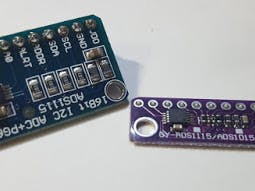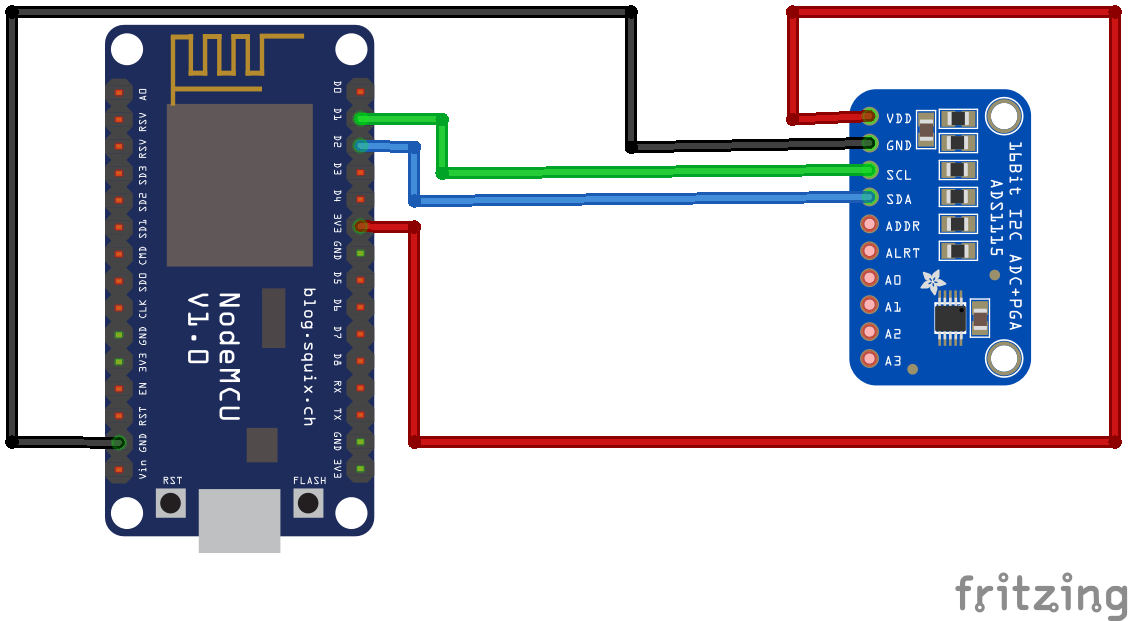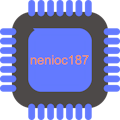Intro
Is yours too small? You want to get more? No, that is no advertisement for a penis enlargement product. It's for a board to extend the numbers of analog inputs to your microcontroller.
It's quite rare that you run out of analog inputs, when using an Arduino Uno, Nano, Micro, etc. Even a ATTiny is already equipped with 4 analog inputs. BUT if you are so keen in using a ESP8266, like I am, you'll find your self in the position having only 1 (!) analog in. This is where a digital to analog converter comes into play.
It's all about libraries
The name of the sensor (ADS1115) already can lead to the conclusion that the board is developed by Adafruit. And of course, if you'll open the library manager in the Arduino IDE and search for ADS1X15. There you have it all. Ready-To-Use library, good commented examples.
I2C on your NodeMcu board
The default pins for I2C on the NodeMcu board are pins D1 (SCL) and D2 (SDA). But the cool thing with the NodeMcu board is, you can define for yourself where the I2C has to be.
With the command:
Wire.begin();
You usually start the Wire-library, that is responsible for the I2C bus. But you can also add the pins for SDA and SCL as parameters:
Wire.begin(D2, D1); // Wire.begin([SDA-Pin],[SCL-Pin]);
There can be more than one
The ADC1115 has a fixed I2C address, like any other I2C device. Fixed? Not quite! It has up to five different I2C addresses. The default one, and four more addresses, that you can select by connecting the address pin (ADDR) with either SDA, SCL, GND or VDD.
Video
Wire up
Normal wiring Wiring with two modules on I2CLinks
Adafruit Library
https://github.com/adafruit/Adafruit_ADS1X15











Comments
Please log in or sign up to comment.